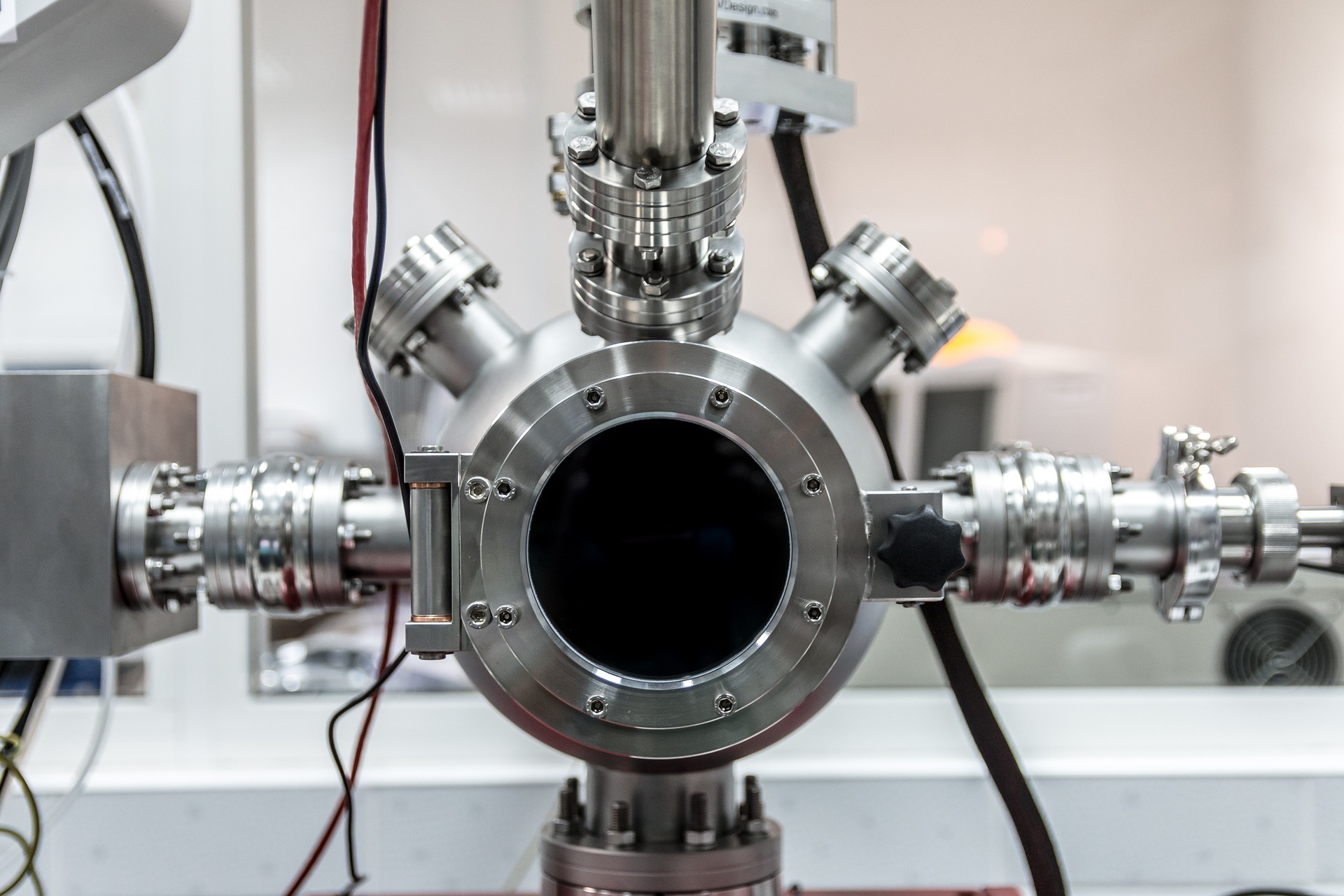New disinfection technology in the industrial sector

How do new disinfection techniques differ, from UV to in-situ?
Disinfection is no longer exclusively the domain of dangerous chemicals. Over the years, more and more innovations have been made, some better than others. Well-known examples of this are UV sterilization, copper-silver ionization, and in-situ electrolysis. But how do these new technologies differ from each other and for what applications are they suitable?
UV radiation
In essence, all three mentioned technologies work on the principle that energy is converted into something that destroys microorganisms. In UV sterilization, this is manifested in radiation: a certain wave motion of energy. These are generated using a device and directed to a specific position. All microorganisms in the path of this radiation are then inactivated. The greatest advantage here is that no substances are consumed, and thus there is no risk of odor and taste deviations. However, because UV radiation only works locally, it is not a good solution for systems where, for example, biofilm develops. Everything after UV sterilization is susceptible to contamination again. UV radiation is also harmful to humans, especially to the eyes, skin, and mucous membranes. Generators must therefore be well shielded.
Copper-silver ionization
Both copper-silver ionization and electrolysis of salt and water use ions. These are small particles (atoms) with an electrical charge. In the first case, these are produced by passing a current over electrodes with copper and silver. The energy "sticks" to these particles and thus becomes positive ions. When these are added to the water, the ions search for organic material, such as bacteria, to discharge, breaking down the recipient. Silver and copper ions are very unstable and must be immediately added to water to disinfect it. Therefore, it cannot be used to disinfect surfaces. It can also react with lime and leave a grayish deposit.
In-situ electrolysis of saltwater
Electrolysis of saltwater follows a similar principle to copper-silver ionization. Here, too, particles are converted into ions by passing current through electrodes. However, in this form of electrolysis, many more useful particles are produced than just positive ions, including negative ions and oxidants. One of the most important substances in this mixture is HOCl, also known as hypochlorous acid. This substance is also produced by humans as a defense mechanism by our own immune system and has very good disinfectant properties while being gentle on humans.
Moreover, the combination of all these active substances ensures that the required concentration is very low, up to 250 times less than bleach. Furthermore, the product is a liquid, which makes it more widely applicable. It is therefore easier to create a buffer to cope with peak loads, for example, during production in a factory or when cows drink massively after milking.
At a glance
Now that we have discussed these three technologies, we can summarize them in a clear table:
| Technology | In-situ electrolysis | Copper-silver ionization | UV sterilization |
| Scope | Whole system | Whole system | At one location |
| Desinfection method | Ionized particles | Ionized particles | Radiation |
| Safe for users | Yes | Yes | No |
| Residue-free | Yes | No | No |
| Biofilm removal | Yes | Yes | No |
Watter: experts in sustainable disinfection
At Watter BV, we are experts in sustainable disinfection. We believe in the potential of in-situ electrolysis of saltwater as a replacement for alternatives that are less effective, less safe, and more harmful to the environment. Are you curious about how you can incorporate Watter into your business? Then contact us.
Photo credit: https://mpjplumbing.com.au/



